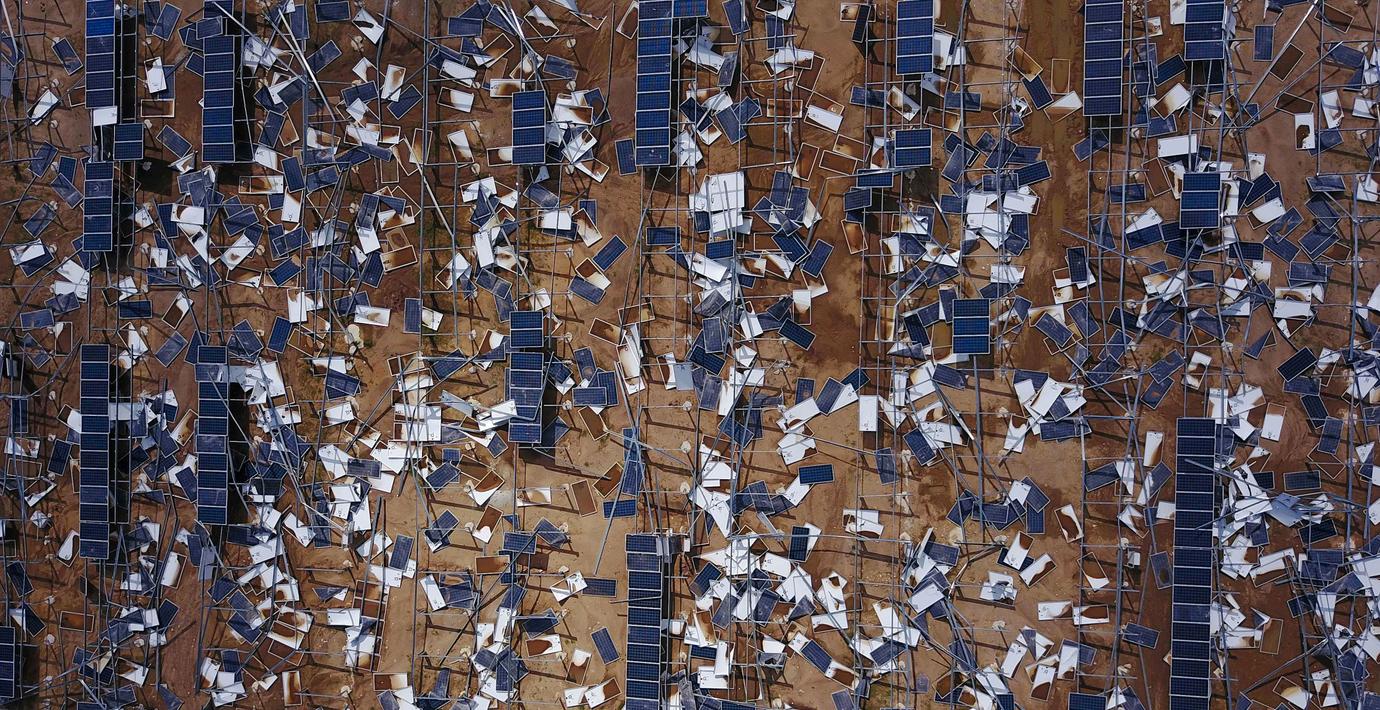
IEA-rapport: Början på ny era för solkraften
Solenergin är på frammarsch enligt en ny rapport från IEA. Färdigställda solceller, räknat i kapacitet, ökade med 50 procent under 2016 jämfört med året innan. Nu anser bedömare att just solkraften kan bli den dominerande förnybara energikällan på sikt, enligt Bloomberg.
– Det vi bevittnar är början på en ny era för solkraft, säger organisationens chef Fatih Birol enligt Bloomberg.
Samtidigt visar rapporten att två tredjedelar av det tillskott till den globala elförsörjningen som färdigställdes i fjol kom från förnybara energikällor.
bakgrund
Fotovoltaik
Wikipedia (en)
Photovoltaics (PV) is a term which covers the conversion of light into electricity using semiconducting materials that exhibit the photovoltaic effect, a phenomenon studied in physics, photochemistry, and electrochemistry.
A typical photovoltaic system employs solar panels, each comprising a number of solar cells, which generate electrical power. PV installations may be ground-mounted, rooftop mounted or wall mounted. The mount may be fixed, or use a solar tracker to follow the sun across the sky.
Solar PV has specific advantages as an energy source: its operation generates no pollution and no greenhouse gas emissions once installed, it shows simple scalability in respect of power needs and silicon has large availability in the Earth’s crust.
PV systems have the major disadvantage that the power output is dependent on direct sunlight, so about 10-25% is lost if a tracking system is not used, since the cell will not be directly facing the sun at all times. Dust, clouds, and other things in the atmosphere also diminish the power output. Another main issue is the concentration of the production in the hours corresponding to main insolation, which don't usually match the peaks in demand in human activity cycles. Unless current societal patterns of consumption and electrical networks mutually adjust to this scenario, electricity still needs to be stored for later use or made up by other power sources, usually hydrocarbon.
Photovoltaic systems have long been used in specialized applications, and standalone and grid-connected PV systems have been in use since the 1990s. They were first mass-produced in 2000, when German environmentalists and the Eurosolar organization got government funding for a ten thousand roof program.
Advances in technology and increased manufacturing scale have in any case reduced the cost, increased the reliability, and increased the efficiency of photovoltaic installations. Net metering and financial incentives, such as preferential feed-in tariffs for solar-generated electricity, have supported solar PV installations in many countries. More than 100 countries now use solar PV.
After hydro and wind powers, PV is the third renewable energy source in terms of global capacity. At the end of 2016, worldwide installed PV capacity increased to more than 300 gigawatts (GW), covering approximately two percent of global electricity demand. China, followed by Japan and the United States, is the fastest growing market, while Germany remains the world's largest producer, with solar PV providing seven percent of annual domestic electricity consumption. With current technology (as of 2013), photovoltaics recoups the energy needed to manufacture them in 1.5 years in Southern Europe and 2.5 years in Northern Europe.According to the photovoltaic cells market analysis, the market is expected to grow at a high rate between 2014 and 2025.
Omni är politiskt obundna och oberoende. Vi strävar efter att ge fler perspektiv på nyheterna. Har du frågor eller synpunkter kring vår rapportering? Kontakta redaktionen